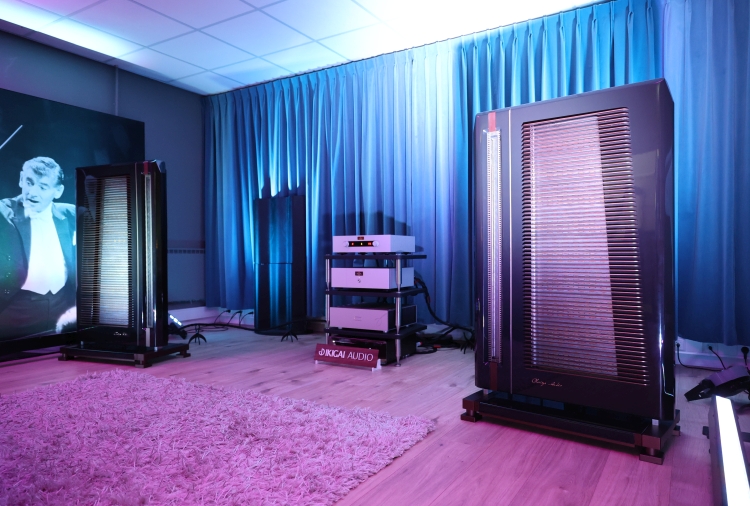
Listening Environment
The first half of the listening session was done with the blue velvet curtains closed and the second half with them open, exposing the wall behind. Years of Magnepan and Apogee experience have taught me that it is best not to use damping behind a dipole speaker. And indeed, this realization has somewhat “plagued” the gentlemen of PUUR hifidelity because the wall behind the curtains contains an off-center door, a rolled-up fire hose, and other unsightly elements. As such, from a visual point of view, they’d rather keep the curtains closed. And I have to admit: the blue curtains do look really nice. But as soon as they listened to the system with the curtains open, Robert and Daan agreed that the bare wall sounded better, deepening the soundstage, sharpening the transient behavior, and adding more air.
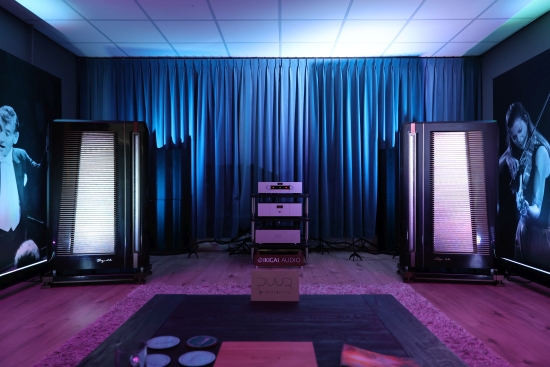
I should mention that the Minuets are inherently far from shy or restrained. In fact, they are so open, dynamic, and expressive that it may take some getting used to, certainly for those accustomed to smooth, relaxed, and warm-sounding dynamic speakers. Consequently, the Minuets may sound more pleasant to some ears with some damping behind them. But the beauty is that they will perform very well regardless, and even in relatively small spaces. Of course, you will not get the best soundstaging if the speakers are not allowed enough room to breathe. Still, unlike most cabinet speakers, they behave extremely well even in confined spaces, and they do not have any tendency to sound boxy or boomy.
Because the Minuets are relatively wide and have the midrange/treble drivers on the insides, they need to be positioned wider apart than narrow tower speakers. Basically, the mid/treble ribbon should be where you normally place the tweeters of a regular speaker.
From my time with Apogees, I know these speakers can have precise focus, but only when they are positioned far enough apart. You have to pull them apart until after the image popped into focus and starts to dissolve again. Then, push them just a bit closer until the focus is back. After that, one can experiment with toe-in, depending on how far the listening position is and how hot one wants the sound to be.
In the PUUR listening room, the speakers could not quite reach this point as the side walls prevented pulling them apart further. However, Robert conducted some experiments with the positioning in my presence and I witnessed the focus and soundstage width improve as the speakers got closer to the sidewalls. This is another advantage of dipoles: they are far less prone to coloration due to sidewalls than cabinet loudspeakers.
The importance of System Synergy
Regular readers know how I always talk about system synergy, but it really is a key factor in reaching an optimal balance in any system. Of course, some components and systems are (much) easier than others. The new Minuet Plus are a great case in point. Let me share the little adventure that took place in the lead-up to this review.
Initially, the PUUR system was wired exclusively with Ikigai Audio Kinzan, including speaker cables, which led to a fantastically articulate, lucid, precise, and explicit presentation. I am not exaggerating when I say the transient behavior was off the charts! But as impressive as it was, my ears soon tired, and I ultimately felt it was a little too hot and hard. As impressive as it was, it was just too much of a good thing. I wondered, would this be a downside of the Plus model over the older Ferrite model?
Florian has stated that these speakers do not work well with silver and that they recommend using copper conductors instead. But just like us audiophiles rarely read manuals, we don’t always blindly follow the manufacturer’s instructions. The Ikigai Kinzan range employs gold-infused silver, and although I never heard Ikigai cables outside of PUUR demos, in my experience thus far, silver-gold cables tend to sound sweet and fluid. So, could they still be responsible? Of course, there was only one way to find out.
Sure enough, as soon as Audioquest Thunderbird speaker cables were used, everything clicked right into place, and a change from USB to Coax added the final touches. To be fair, the AudioQuest cable sounded less spectacular than the Ikigai, and the transient behavior was just a little less explicit, but the speakers have so much in reserve that it was still mightily impressive. Most importantly, the balance was now perfect, and the hardness had completely vanished.
So, it turns out Florian was right, although I would not say the cables are the culprit. Rather, it is the combination of the two. These speakers are so honest, so easily excited, and so utterly revealing that they can be unforgiving until you create just the right environment for them. Of course, a complimentary balance can be obtained in any number of ways, and it needs to be emphasized that the other Ikigai cables still worked wonders across the board in this system.
Line Source versus Point Source
A line source has a different spatial rendition than a point source, which may or may not coincide with personal preferences. However, having lived with both speaker systems for extended periods of time, I can only say that there is merit in both. One might ask: Which is more realistic? That question can only be answered by oneself, as both systems offer aspects of what a live performance sounds like, and it is up to the listener to decide which of those aspects closest resembles the real thing.
For me, a loudspeaker’s most important musical qualities are neutrality, linearity, transparency, agility, articulation, purity, expression, and fast transient response. And wouldn’t you know it, the Clarisys Minuet Plus excels in each trait!
Conclusion
If my conclusion for the Minuet Ferrite was that they are superb, then the Minuet Plus are superb PLUS! These speakers excel across the board, combining virtues that are usually mutually exclusive. If you want a sweetly romantic, warm, polite, and smooth sound, the Minuets are probably not for you. But if it is pure realism you want, look no further. The Minuet Plus have the rare ability to sound technically clean, clear, and super-accurate while simultaneously being texturally and timbrally highly realistic and musically deeply engaging.

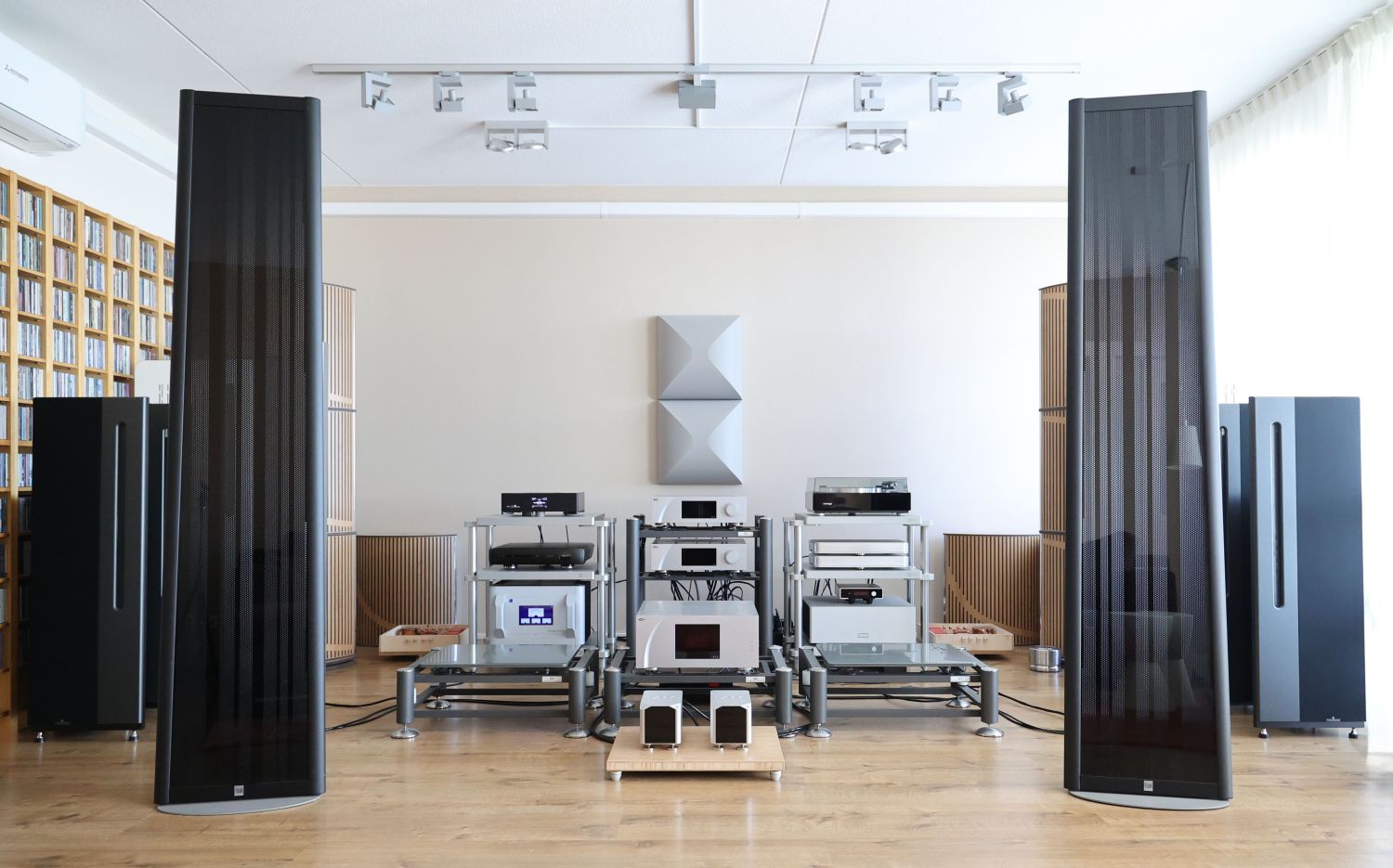
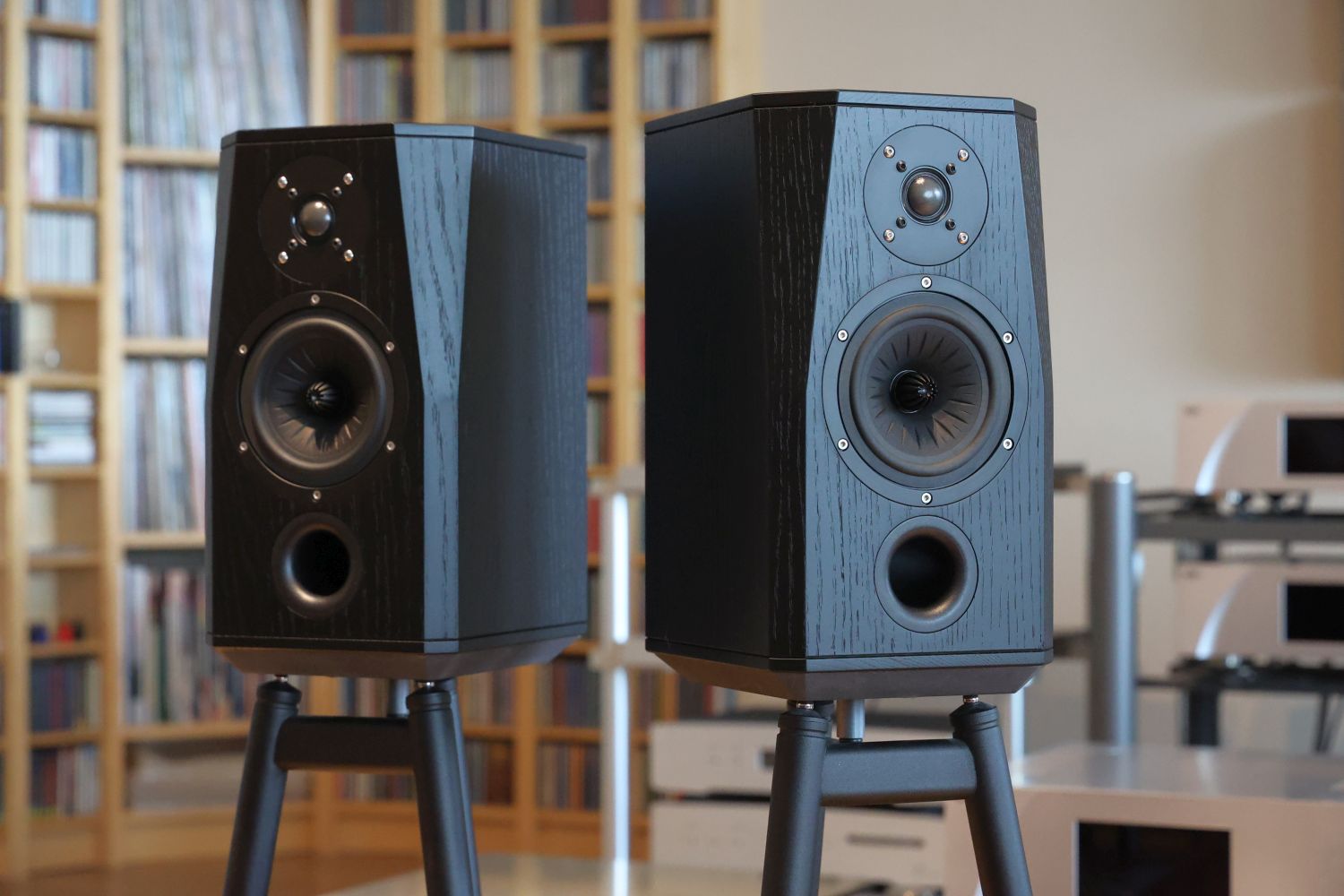
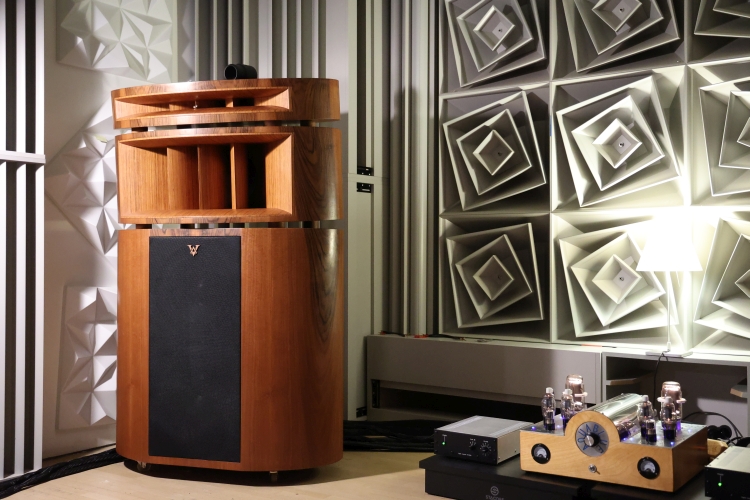
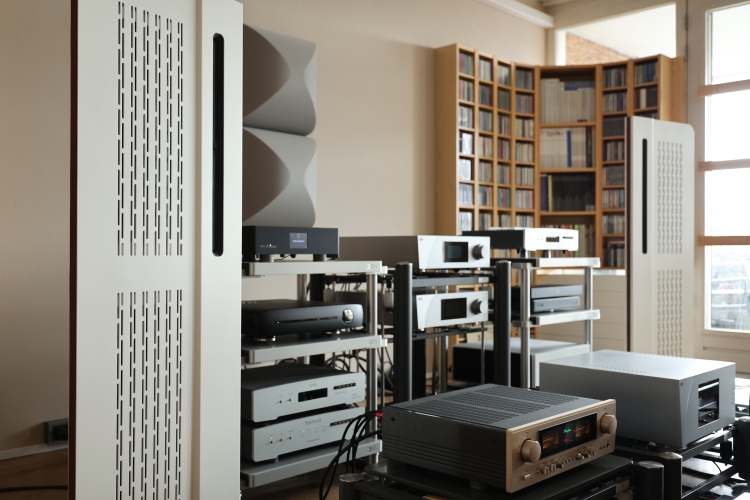
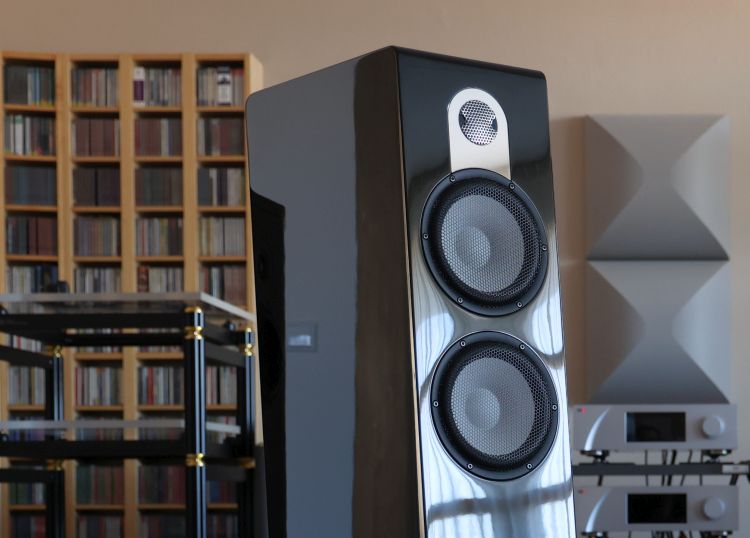
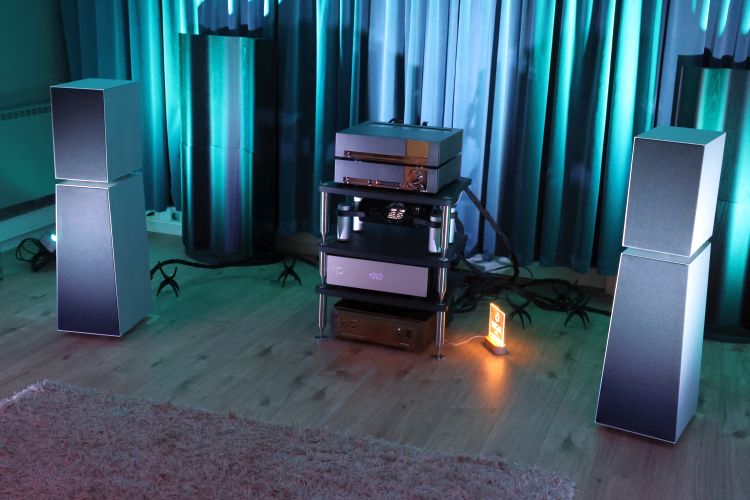
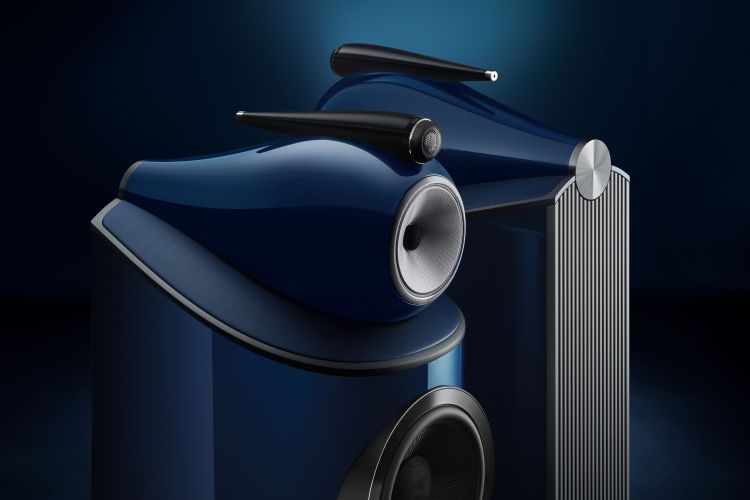
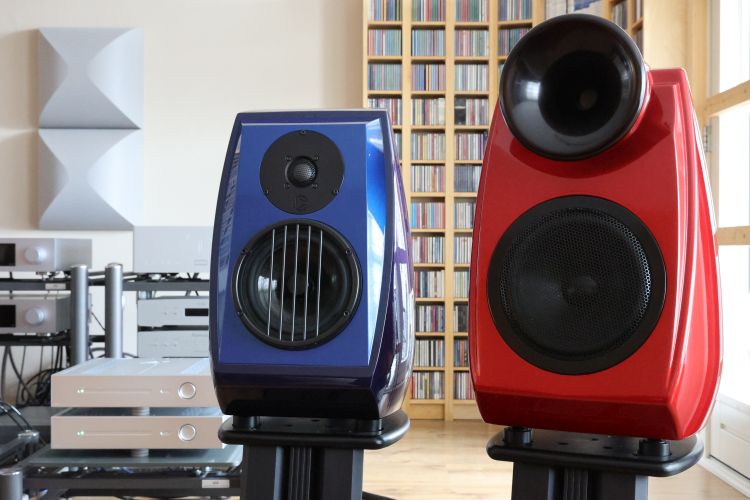
Many thanks for the wonderful review. Very helpful. I wonder if the Halcro amps or Dartzeel amps would be much better match than Goldmund which can also sound a bit clinical to my ears? Perhaps you need to get these to your own listing room and find out asap?? Many thanks
Hi Ash, Good to hear! Goldmund and CH could both be perceived as sounding a but clean, although I feel neither is clinical because they’re so highly refined and fluid. Although, admittedly they are both more static-sounding than the Halcro, which achieves the seemingly impossible: superlative fluidity, decidedly non-technical, and still manage ultra-resolution. I’ve reviewed the Halcro Eclipse stereo and may also review the monos in the near future. I’m also trying to get a pair of Clarisys speakers in for review. It would be ideal if that overlapped with the Halcros, but it may prove impossible to get coicidental availability on three calendars… Time will tell! Dartzeel is also interesting for sure. I will see if I can get a finger behind that door.
Hello Christian, many thanks for your feedback. I read your review of the Halcro with great interest so would be amazing if you got the Monos AND their new preamp as well for a review! My personal suspicion is that the only area where Goldmund “may” better the Halcro is in bass impact/slam but this is just a guess. And while you are getting some big toys, how about the new MSB Cascade with the Olympus server? No one seems to have compared the CHP DAC with MSB yet which is very surprising. Looking forward to your future reviews. Many thanks